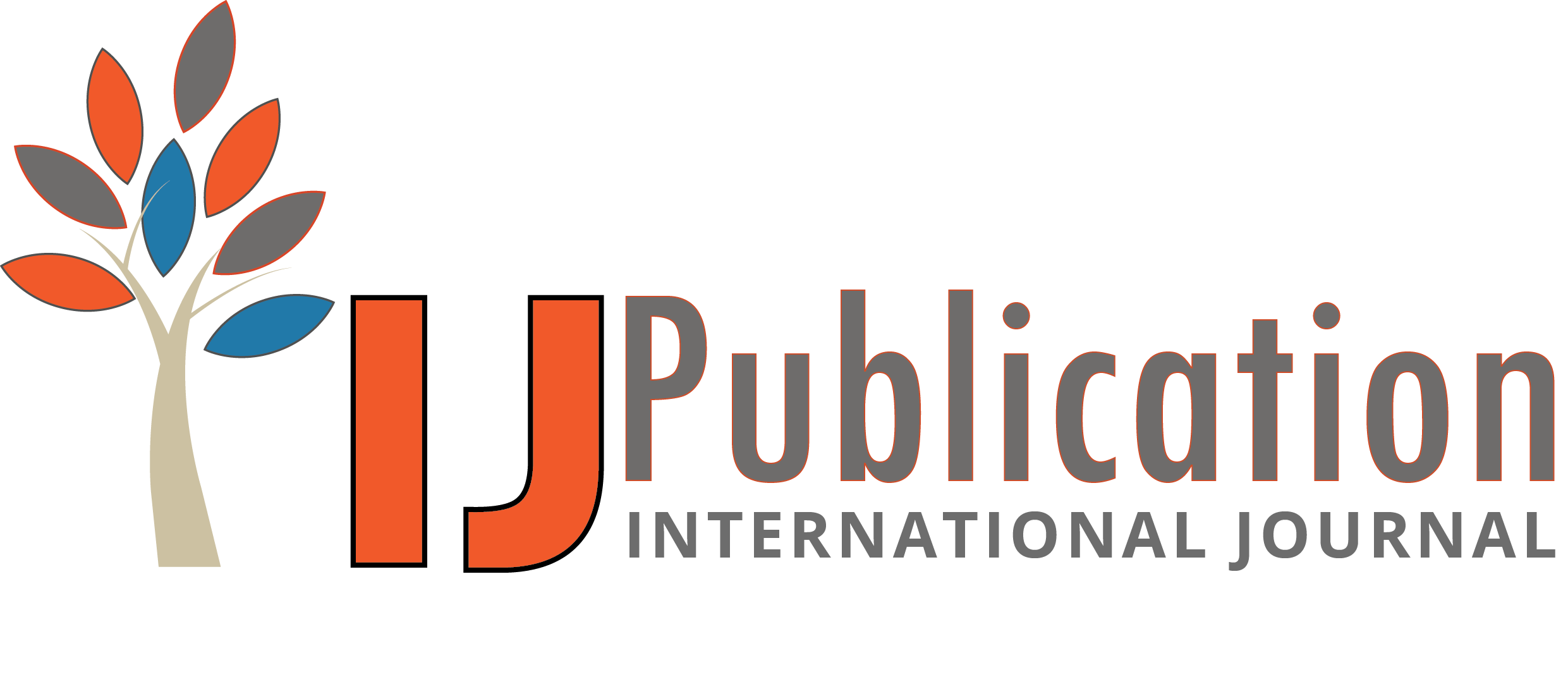Rajkumar Kyadasu Reviewer
24 Sep 2025 01:41 PM
 Approved
Approved
Relevance and Originality The research addresses a critical and timely concern for financial institutions: the need to innovate without compromising compliance or operational stability. By framing modernization as a dual-track effort—balancing cloud-native advancement with legacy system support—the work fills a practical gap in digital transformation literature. The focus on hybrid architectural patterns, particularly federated service meshes and edge orchestration, enhances its originality. It contributes valuable insights to both technology strategists and enterprise architects working within tightly regulated sectors. The topic is well-justified, and its sector-specific orientation adds significant relevance in today’s evolving regulatory and cloud governance landscape.Methodology The research outlines a thoughtful architectural approach grounded in practical decision-making frameworks. Concepts like workload classification and strategic placement are well-integrated, reflecting real-world considerations faced by financial IT teams. However, the methodology could be further strengthened with clearer disclosure of how the models were evaluated—such as referencing specific deployment environments, empirical testing, or stakeholder interviews. The absence of methodological detail may limit the reproducibility of the findings. More structured validation would help reinforce confidence in applying the models across varying organizational and regulatory contexts.Validity & Reliability The conclusions are supported by logical reasoning and a clear understanding of industry constraints, especially in areas such as data residency, transaction performance, and operational governance. The research presents a convincing argument that hybrid architectures can meet both innovation and compliance needs when properly structured. Still, the reliability of the findings would be stronger with concrete performance data or comparative studies showing before-and-after impacts of adopting these patterns. Without measurable outcomes, the generalizability of the proposed models remains somewhat conceptual.Clarity and Structure The article is well-structured, moving fluidly from problem identification to proposed solutions and strategic outcomes. The language is professional and accessible, allowing readers from both technical and executive backgrounds to engage with the content. Key concepts like consistent API gateways and edge orchestration are introduced with clarity and tied to broader modernization goals. The progression of ideas is logical, though supporting visuals—such as architecture diagrams or implementation roadmaps—would further aid understanding, especially for readers looking to translate the models into actionable strategies.Result Analysis The analysis highlights the operational benefits of hybrid deployment, particularly in aligning innovation with compliance imperatives. The research draws a clear connection between architectural design and organizational agility, though more depth in quantifying these improvements would enhance its persuasive power. The conclusions are well aligned with the challenges and solutions discussed throughout the article.








Rajkumar Kyadasu Reviewer